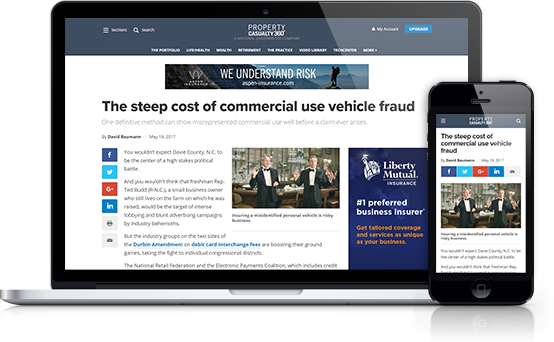Most people would not attempt driving cross-country without a road map containing information essential to a safe and expedient experience. The same holds true for attempting to successfully implement an enterprise risk management program across an insurance organization.
Post-mortem analysis of troubled insurance companies often reveals bad data as a root cause. The record shows that some of these data problems resulted in significant devaluation and even failure, as the affected companies could no longer effectively manage risk. In essence, these companies lacked an integrated data highway leading to a central ERM destination.
Unfortunately, there is no standard ERM road map, and so one must be constructed for each individual enterprise. Developing an ERM road map is essentially a reverse engineering process starting with a definition of a destination (where you want to be) and working back to a starting point (where you are now). There are four major stages to that process.
Recommended For You
Want to continue reading?
Become a Free PropertyCasualty360 Digital Reader
Your access to unlimited PropertyCasualty360 content isn’t changing.
Once you are an ALM digital member, you’ll receive:
- Breaking insurance news and analysis, on-site and via our newsletters and custom alerts
- Weekly Insurance Speak podcast featuring exclusive interviews with industry leaders
- Educational webcasts, white papers, and ebooks from industry thought leaders
- Critical converage of the employee benefits and financial advisory markets on our other ALM sites, BenefitsPRO and ThinkAdvisor
Already have an account? Sign In Now
© Touchpoint Markets, All Rights Reserved. Request academic re-use from www.copyright.com. All other uses, submit a request to [email protected]. For more inforrmation visit Asset & Logo Licensing.







